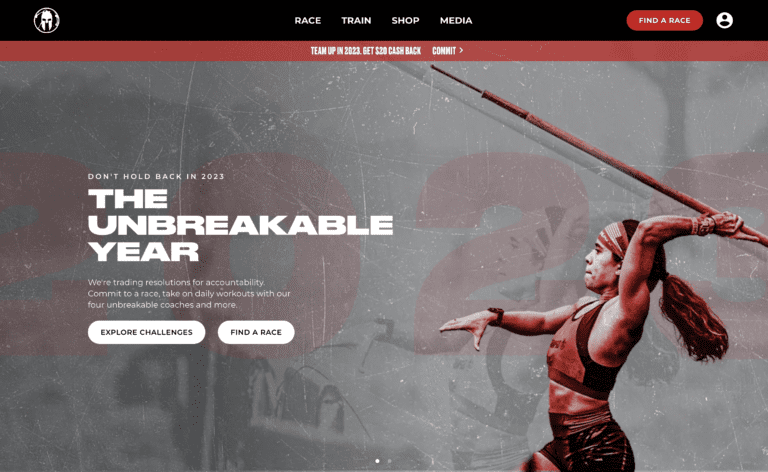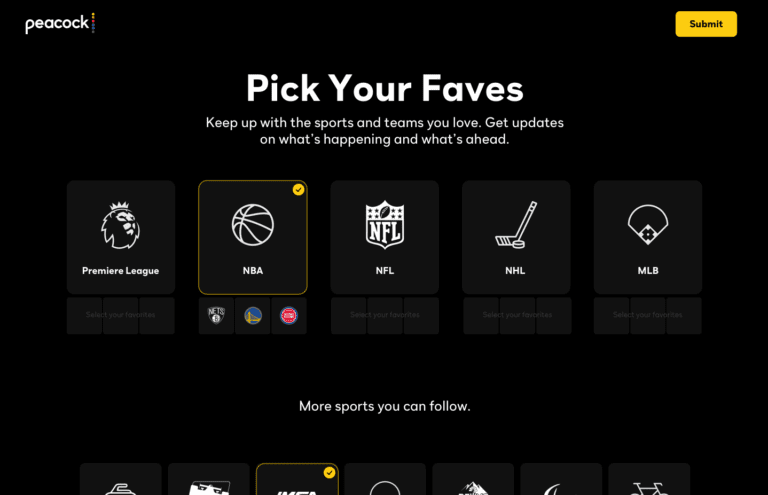Case Study
Launching a new direct-to-consumer streaming service for YES Network

The Problem
The Yankees Entertainment Network wanted to expand their streaming services and offer a direct-to-consumer subscription to go alongside their current TVE offering – giving Yankee Fans in region the ability to watch their favorite team without a cable subscription.
Our Solution
YES Network worked with Pickaxe to launch YES’ direct-to-consumer offering. With extensive experience in launching streaming services and developing industry leading data and martech solutions, Pickaxe was selected as the perfect partner to support the development of the new direct subscription service.
Pickaxe supported YES in a number of ways, from go-to-market strategy, brand and social tactics, CRM migration, and CX platform development and vendor selection, and full implementation support including data pipelines and data warehouse.
The Pickaxe team was also responsible for re-instrumentation of front-end data analytics, implementation of Segment as CDP, implementation of Snowflake for data warehouse, and various data science services, such as user clustering analysis, churn propensity, and more.
What We Did
- Provided support for the vendor selection and implementation of major elements of their data stack, including Segment, Snowlake, Braze, and dbt.
- Provided the full specification, creation of the schema, evaluation of use cases, migration of existing data, and more.
- Supported the integration of Kochava and GTM, including helping YES’ agency with setup and implementation.
- Supported the development of Rewards and Referral Programs, including developing the spec, overseeing data extract and reverse ETL required to enable the programs.
- Designed, developed, and hosted key marketing landing pages to support new campaigns and launches.
- Provided data science capabilities, including detailed cluster analysis of viewers and subscribers.
The Results
Not only has YES grown substantially with their direct-to-consumer offer, but the re-designed data and martech stack enabled YES to introduce a number of new services to expand and improve the experience for fans, including many new ways to engage, interact, and earn rewards.
More Case Studies

Spartan reduced CPA by over 50% by implementing CAPI.
Long before BritBox was streaming much loved shows to audiences around the world, they were looking for an experienced team to help them take the idea from concept to launch.

Nexstar CDP Development, Event Data Schema, & Implementation
Nexstar needed a better way to understand user behavior, ad anomalies, and advertising performance across the hundreds of federated stations and websites that they operate from a mix of technology platforms built by them, or that they had acquired from multiple legacy parent companies over the years. The result was inconsistent and disparate reporting.

Britbox Launch and International Expansion
Long before BritBox was streaming much loved shows to audiences around the world, they were looking for an experienced team to help them take the idea from concept to launch.

Increasing Ad Revenue by Improved Reporting
With thousands of advertisers, this Publisher was spending several days each month configuring Google Data Studio to generate campaign-close reporting. Not only were the visualizations lackluster and off brand, but the Publisher was also running into significant INFOSEC concerns granting advertisers access to their data in a secure way.

Customer Marketing Preference Center
The marketing team behind a leading consumer service needed a fast way to test the collection of detailed customer preferences for specific genre interests so that they could do more personalization.

Improving Attribution and ROAS with a custom Media Mix Model
The CMO and marketing team at Spartan Race were having challenges with getting accurate attribution across all of their paid media channels, including above the line sources like TV ads and Out Of Home. And recent changes in cookie blocking and iOS added significant confusion in the data, causing major conflict between what they believed was driving conversion vs what their internal data was showing was driving conversions.
